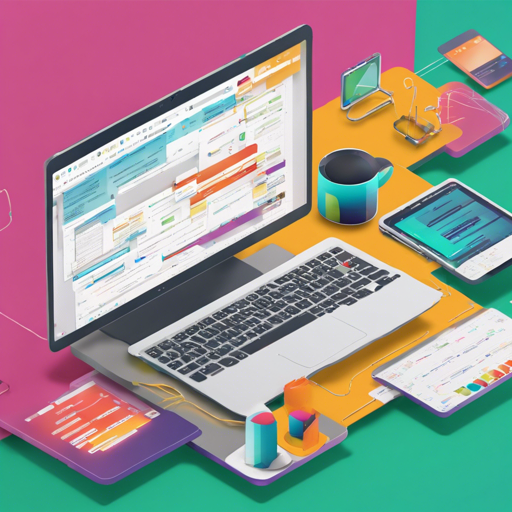If you’re looking to streamline your UI development with a simple yet powerful Domain-Specific Language (DSL), then Paperclip is the solution for you! In this blog post, we’ll walk you through how to set up Paperclip, create basic UI components, and tackle any issues you might encounter along the way.
What is Paperclip?
Paperclip is a DSL designed specifically for UI builders, making it easier for developers and designers alike to create clean, maintainable HTML and CSS. By focusing on the essentials, Paperclip caters to those who want a straightforward approach to visual development.
Setting Up Paperclip
Getting started with Paperclip is a breeze. Here’s how to install it in your existing project:
- Open your terminal.
- Run the following command:
npx @paperclip-uicli initnpx @paperclip-uicli buildCreating Your First UI Components
At its core, Paperclip uses a minimalistic approach to create UI components. Think of it as building Lego structures; you have different blocks (components) that fit together to create a larger design. Here’s a simple example:
component as=List
style
padding: 14px;
margin: 0px;
children
component as=ListItem
children
ListItembuy cereal
ListItembuy milk
In this snippet, we are creating a list with items to buy. The code acts like a recipe that tells your app how to render these elements. The precise use of styles is akin to deciding how you want your Lego structure to look.
Understanding the Language Features
Paperclip focuses on providing necessary features for presentational components:
- Simple Syntax: Based on HTML and CSS.
- Primitive Components: Basic components to build upon.
- Styles and Variants: Customizable visual options.
- Slots: Allowing for flexible insertion of child components.
- Attribute Bindings: For increased functionality.
Troubleshooting Common Issues
Like any new tool, you might face challenges while using Paperclip. Here are some common issues and how to resolve them:
- Issue: Installation fails with an error message.
- Solution: Ensure that Node.js and npm are installed and updated. Check your internet connection.
- Issue: UI components are not rendering as expected.
- Solution: Verify your syntax and ensure that styles are correctly specified. Review the documentation for styling guidance.
- Issue: Unable to run the build command.
- Solution: Make sure the command is typed correctly. Sometimes, restarting the terminal can fix temporary issues.
For more insights, updates, or to collaborate on AI development projects, stay connected with fxis.ai.
Conclusion
Paperclip aims to be a scalable data format for UI builders, making it user-friendly, especially for non-engineers. With its elegant syntax and powerful features, it’s a valuable tool in the web development landscape. The goal is to empower everyone on a team, from designers to project managers, to contribute to the UI effectively.
At fxis.ai, we believe that such advancements are crucial for the future of AI, as they enable more comprehensive and effective solutions. Our team is continually exploring new methodologies to push the envelope in artificial intelligence, ensuring that our clients benefit from the latest technological innovations.

